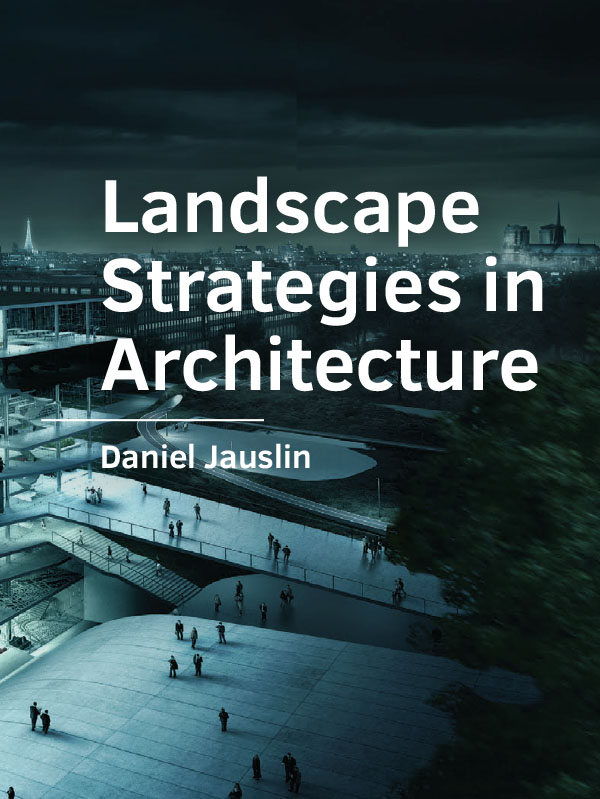Rolex Learning Centre at EPFL, Lausanne
DOI:
https://doi.org/10.7480/abe.2019.13.4293Abstract
The Rolex Learning Centre has been overly announced, published and praised as ‘landscape’ as architecture. Completed in 2010, it is the largest scale international building of Japanese Architects Kazuyo Sejima and Ryue Nishizawa (SANAA), and it quickly becomes clear the designer’s explicit aim was to solve a complex programmatic and spatial request with an artificial landscape.
The commitment of the building to the creation of landscape explains the choice of the project for this study (5.1.). The context of the project in the EPFL campus of Lausanne and its insertion in the lake Geneva landscape deserve some explanation as well as the specific need for it and how that was answered by the design (5.2.). The impression from the field-trip will be described in the next section (5.3.). The challenging form led to a relatively long planning and building process in which quite unusual techniques and structural design were used for concrete reinforcements, formwork and even pouring at high local building standards (5.4.). My 4 layer analysis can be executed in a pure and complete manner (5.5.). The specific analytical method used for Rolex Learning Centre is a visual space analysis of this project with a 3D isovist software tool, a method I will introduce in the respective section (5.6).
My exploration of the landscape architectural attitudes will also stress the important role of these spatial aspects among landscape architectural approaches (5.7.). My critique will engage the total picture to understand this creation of landscape as architecture and its extension of our conceptual understanding of landscape strategies (5.8.).


